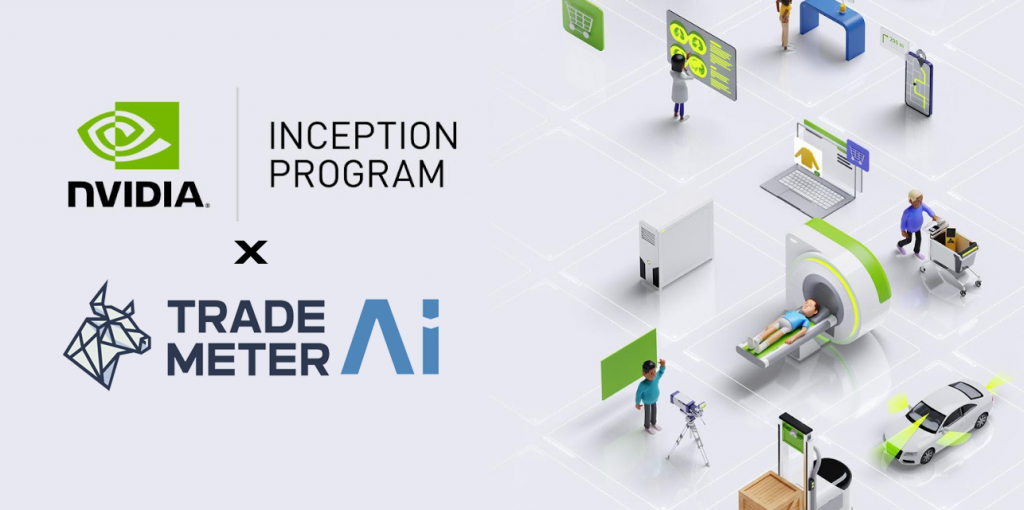20 New Suggestions For Choosing Trading Ai Sites
20 New Suggestions For Choosing Trading Ai Sites
Blog Article
Top 10 Tips For Evaluating Market Coverage Using Ai Trading Platforms And Stock Forecasting
The market coverage of trading platforms that use AI analysis and prediction of stocks is crucial, since it defines the markets and assets you can access. With a platform that offers comprehensive coverage, you can diversify your portfolio and take advantage of global opportunities. It is also possible to adapt to a variety of trading strategies. These are the top 10 ways to evaluate the market coverage offered by these platforms.
1. Evaluate Supported Asset Classes
Stocks: Make sure that the platform contains stocks from all major stock exchanges, such as NYSE, NASDAQ and LSE.
ETFs. Check that the platform offers a variety of ETFs to have a diverse exposure.
Futures and options. Make sure the platform is compatible with derivatives like futures contracts, options and leveraged instruments.
The commodities and forex. Check to see if there are forex pairs available, as well as precious metals, energy-related commodities, and agricultural commodities.
Check if the platform works with the major copyright, such as Bitcoin and Ethereum as well as alternative coins.
2. Check the Coverage Area
Global markets: Make sure that the platform covers all major international markets, such as North America, Europe, Asia-Pacific and emerging markets.
Regional focus: Find out if your platform has a distinct focus on a region or market that matches to your trading needs.
Local exchanges: Determine if your platform supports local and regional exchanges that are relevant to you or your strategy.
3. Delayed Data Vs. Delayed Data
Real-time data: Ensure that the platform has real-time market data to make quick decisions, particularly when trading is active.
Data that is delayed - Determine if delayed data is free or available at a cheaper cost. This could be enough for investors looking to invest in the long term.
Latency of data. Check to see whether your platform reduces latency in real-time data feeds.
4. Review the availability of historical data
Depth of historical data If the platform is available, ensure that it has ample historical data (e.g. 10, more than 10 years) to backtest and analyze.
The granularity of the data: Determine if the historical data include intraday, daily weekly, monthly and intraday the granularity.
Corporate actions: Check if historical data accounts for stock splits, dividends, and other corporate actions.
5. Check market depths and order books
Level 2 data: Ensure the platform provides Level 2 data (order book depth) for better price discovery and execution.
Bid-ask Spreads: Verify that the platform is showing real-time spreads for bid and request for the most exact pricing.
Volume data - Check if the platform provides specific volume data for studying the market's activity and liquidity.
6. Review the coverage for Indices and Sectors
Major indices: Ensure the platform covers major indices (e.g., S&P 500, NASDAQ 100, FTSE 100) for benchmarking purposes and index-based strategies.
Sector-specific data : Determine if your platform contains data that is specific to certain sectors (e.g. healthcare, technology, energy) which allows you to conduct targeted analysis.
Custom indexes: Check whether the platform permits creating or tracking customized indices based on your criteria.
7. Integrate News and Sentiment Data
News feeds : Ensure that you have a platform that allows live news feeds, particularly from reputable media sources (e.g. Bloomberg and Reuters) to cover the most significant market news events.
Utilize the tool's sentiment analysis using data from news, social media or other sources.
Trades driven by events: Confirm the platform's support for event-driven trades (e.g. announcements on economic data or earnings announcements).
8. Check for Multi-Market Trading Ability
Cross-market trading : Ensure that your platform can handle trading across multiple asset classes, markets and exchanges via a single interface.
Currency conversion: Check if your platform supports multi-currency trading and automated currency conversion.
Check for support of time zones.
9. Evaluation of alternative data sources
Alternative data: Check whether the platform incorporates different sources of data (e.g. satellite imagery internet traffic, credit card transactions) for unique insight.
ESG data - Verify that the platform is able to provide environmental, governance, and social data (ESG). This is essential for a the socially conscious investment.
Macroeconomic data: Ensure the platform has macroeconomic indicators (e.g., GDP, inflation, interest rates) for fundamental analysis.
Examine the Feedback of Users and Review the Market Reputation
User reviews: Read user feedback to gauge the coverage of the platform's market and reliability.
Find out about the platform's industry standing and reputation. This includes awards and acknowledgement from experts in the field.
Case studies: Search for testimonials or case studies which highlight the platform's performance in certain assets or markets.
Bonus Tips:
Trial period: Test the platform for free to determine if it covers markets and the types of data available.
API access: Check if the platform's API allows accessing market data programmatically to create custom analysis.
Customer support: Ensure the platform offers support for market-related inquiries or issues with data.
If you follow these guidelines to evaluate the market coverage offered by AI trading platforms that predict or analyze stocks and ensure that you select a platform that provides access to the markets and information necessary for a successful trading. A broad market coverage will allow you to diversify your portfolio and discover your portfolio. It also assists you adapt to market changes. See the recommended learn more for ai investment app for more advice including chart ai trading, ai stock, ai trading tools, copyright financial advisor, stock ai, best ai trading software, investing ai, stock ai, ai stock market, using ai to trade stocks and more.
Top 10 Tips To Assess The Ability To Scale Ai Platform For Predicting/Analyzing Trade Platforms
Assessing the scalability of AI-driven trading and stock prediction platforms is crucial for ensuring they can handle increasing demand for data, user demands as well as market complexities. Here are the top 10 methods to evaluate the scaleability.
1. Evaluate Data Handling Capacity
Tips: Make sure the platform can analyse and process large data sets (e.g., historical stock data, real-time market feeds, and other data sources like news and social media).
Why? Scalable systems have to manage data volumes that are growing without performance degradation.
2. Test Real-Time Processing Capabilities
See if your platform is able to handle real-time streams of data including live stock quotes or breaking news.
Why? Real-time trading decisions require real-time analysis of data. In the event of delays, it could result in lost opportunities.
3. Cloud Infrastructure and Elasticity
Tips. Determine whether the platform utilizes cloud-based infrastructure, such as AWS, Google Cloud and Azure which are able to increase the capacity of resources as needed.
Cloud platforms provide elasticity, allowing the system to scale up or down according to demand.
4. Algorithm Efficiency
Tip 1: Examine the computational efficiency of the AI models used (e.g. reinforcement learning, deep learning).
Why: Complex algorithms can be resource-intensive, and optimizing them is key for scalability.
5. Explore the possibilities of Parallel Processing and distributed computing
TIP: Check if the platform uses distributed computing and parallel processing frameworks.
The reason: These advanced technologies provide faster data analysis and processing across multiple nodes.
6. Review API Integration and Interoperability
Test the platform’s integration capabilities with external APIs.
Why? Seamless integration allows the platform to be adapted to the changing environment of trading as well as data sources.
7. Analyze User Load Handling
To test the effectiveness of your system, simulate high traffic.
Why: A scalable platform will provide performance even as the number of users grows.
8. Review the model's retraining capacity and the model's adaptability
Tip: Examine how often and efficiently the AI models are trained with new data.
Why: Because markets always change and evolving, it's important to update models regularly.
9. Verify fault tolerance and redundancy
TIP: Make sure the platform is equipped with failover mechanisms and redundant systems in the event of software or hardware malfunctions.
Why trading can be costly Therefore fault tolerance and scalability are crucial.
10. Monitor Cost Efficiency
Analyze your platform's cost that includes cloud resources, storage and computing power.
Why: The cost of scalability should not be unsustainable. So, it's important to balance performance with expense.
Bonus tip: Future-proofing
Platforms must be designed to incorporate new technologies such as quantum computing as well as advanced NLP. They must also be able to adapt to changes in regulation.
It is possible to assess the scalability and efficiency of AI trading and stock prediction platforms by paying attention to this aspect. This will help ensure that they're effective, robust and capable of growing. Follow the top rated get the facts for stock ai for website tips including copyright financial advisor, trader ai review, ai for stock trading, ai options trading, best ai trading software, ai trade, ai trade, investing ai, ai trading app, ai trading and more.